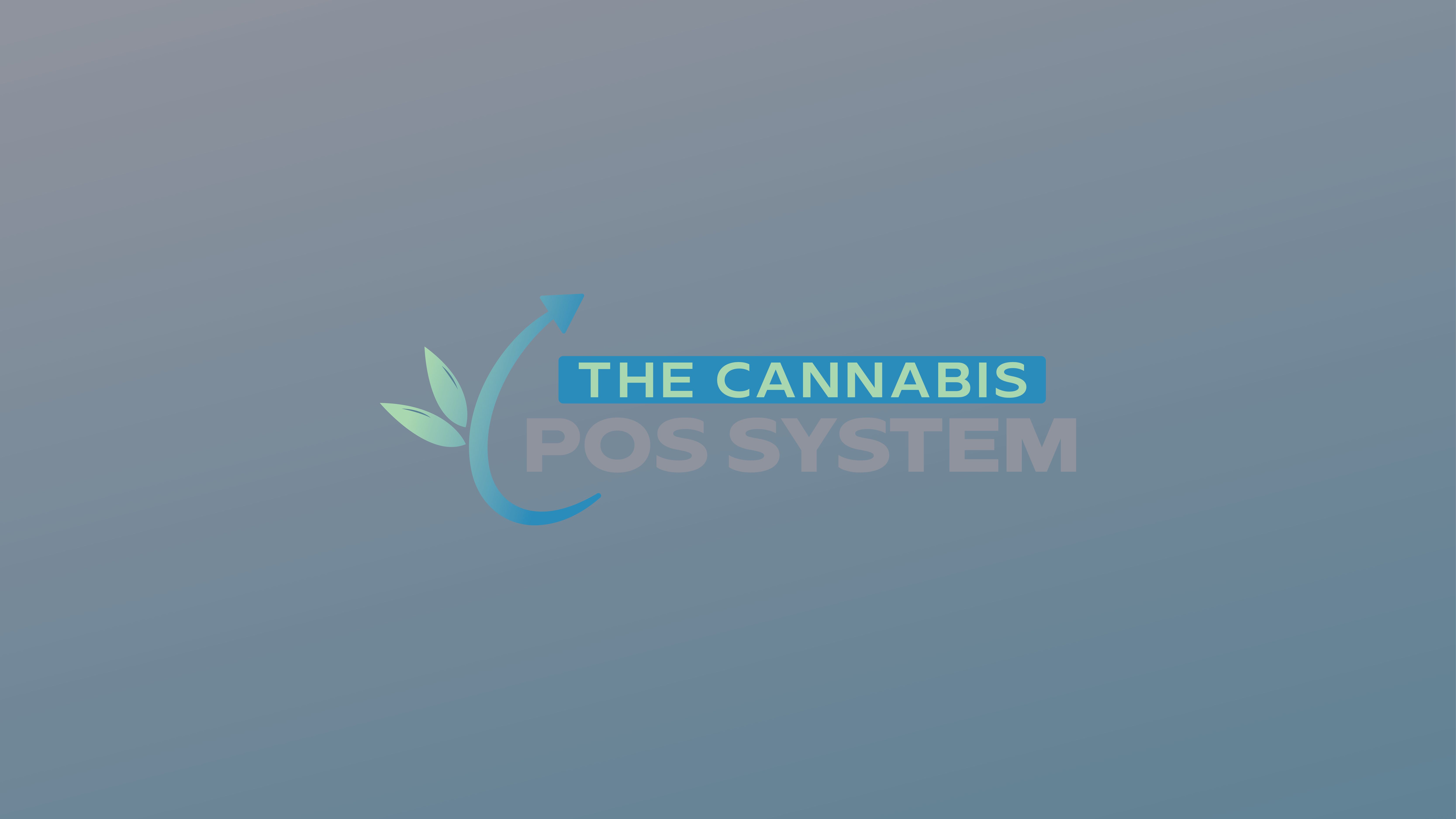In the fast-evolving cannabis retail landscape, dispensaries are increasingly turning to a multi-vendor strategy to stay agile, compliant, and customer-focused. It’s not uncommon to see one system managing in-store sales and inventory while another powers the e-commerce experience. While this approach can introduce complexity, the advantages in specialization, flexibility, and performance make it an industry standard.
Specialization Is Key
The cannabis industry has highly specialized needs that generic retail software can’t handle—think METRC compliance, state-by-state tax configurations, or inventory syncing for products that sell by weight. Dispensaries often find that no single software does it all perfectly.
Point-of-sale (POS) systems like Treez, Dutchie POS, or Cova are optimized for in-store workflows, compliance tracking, and managing real-time inventory. On the other hand, e-commerce platforms such as Jane Technologies or Dispense are laser-focused on digital menus, search functionality, customer UX, and online ordering. By using both, dispensaries can offer a seamless customer experience without compromising on operational integrity.
Flexibility to Evolve
Relying on multiple vendors allows dispensaries to adapt quickly as technology changes or business needs evolve. A dispensary might love the ease of use of their e-commerce provider but require a POS system with more robust API capabilities or integrations with state traceability software.
Instead of being locked into an all-in-one platform with limited customization, dispensaries can swap out components based on performance, pricing, or regulatory shifts. This modular approach ensures the retail tech stack can evolve without requiring a complete overhaul.
Enhanced Customer Experience
Cannabis consumers are more digitally savvy than ever. They expect fast-loading menus, loyalty rewards, product education, and streamlined checkout—both in-store and online. Ecommerce platforms that specialize in the online experience often outperform POS add-ons or basic website integrations. With platforms like Jane, customers get rich product imagery, verified reviews, and real-time availability—all synced with the in-store POS system.
This dual-vendor setup gives dispensaries the best of both worlds: fast, accurate transactions in-store, and a premium digital experience online.
Risk Mitigation and Redundancy
No tech stack is flawless, and outages happen. By separating ecommerce and POS systems, dispensaries reduce the risk of a single system failure grinding their entire operation to a halt. If the online platform goes down, staff can still process in-store transactions. If the POS glitches, online orders may still be collected and fulfilled manually from ecommerce order logs.
Additionally, with different vendors come different security protocols. Using more than one provider helps prevent a single point of failure from affecting the entire operation.
Challenges Still Remain
Managing two systems requires thoughtful integration, either through direct API connections or middleware solutions. Poor integration can lead to inventory mismatches, customer confusion, or compliance risks. Many dispensaries hire tech consultants or use integration platforms to bridge these gaps.
Despite the extra layer of management, the benefits of combining best-in-class vendors outweigh the drawbacks for many operators.
In today’s cannabis retail world, agility is everything. By combining the strengths of POS systems and ecommerce platforms from different vendors, dispensaries can remain competitive, compliant, and consumer-ready—no matter what comes next.


